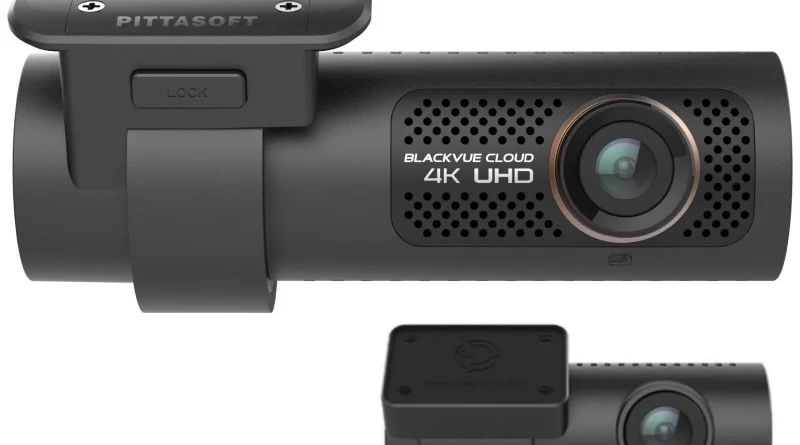Guide to Dash Cams
Your own guide to dash cams… Did you see the Russian meteorite? A decade ago, a superbolide meteorite exploded above Chelyabinsk. Hundreds of Russian dash cams recorded bright explosions and sonic booms that smashed windows and stove in the roofs of buildings. The damage was valued at $33m. Most cars have dash cams in Russia, due to the huge rate of drunken smash and run accidents. The second reason is rampant police corruption, openly acknowledged and talked about. Nothing is done, so these devices act as defence.
And that’s their purpose. A dash cam’s your own private ‘smile you are on CCTV’ defence situation. You can video the world outside (or even inside, if you are a cabbie) of your car. How they record and in what quality, is where the prices vary. Most have a gravity sensor inside and what’s called a ‘buffer memory’ although they don’t describe that. Rather, makers explain that if the gravity sensor takes a trigger, then recording will be stored from BEFORE the event, for a while after. You can also trigger the system manually. Invented originally for an old format called MiniDisc, it’s known as ‘pre-roll’ on broadcast video cameras. When powered-up, the camera is always ‘on’, gently running the data into a little memory chip, typically five seconds’ worth. If triggered, that five seconds is transferred to the storing file. Didn’t expect that in a guide to dash cams, huh?
Now, for the thorny one. These devices record the lot, and with GPS, that includes your speed. Without entering into the debate about speed limits, safety and so forth, this is an issue for me. You can have some systems record your video without the speed overlay and some can have their SD cards ‘instantly’ deleted. Some can not. Do be aware that your On Board Diagnostic (OBD) port became a witness to record your behaviour, some time back, in our computerised world.
Do also bear in mind that the same used-since-the-Sixties, timed-between-two-points speed calculating sums can be done from video and are admissible as speeding evidence. Lastly, Halfords are a fine place to shop for this sort of thing!
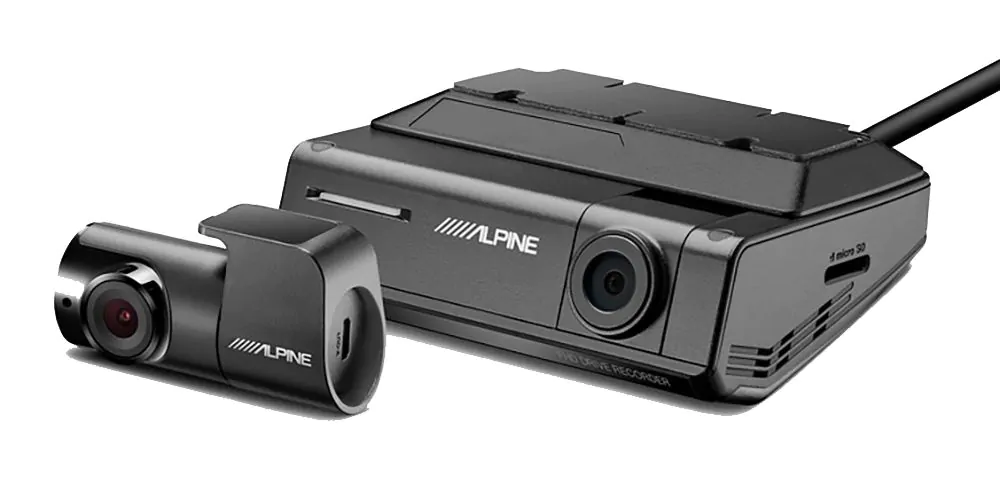
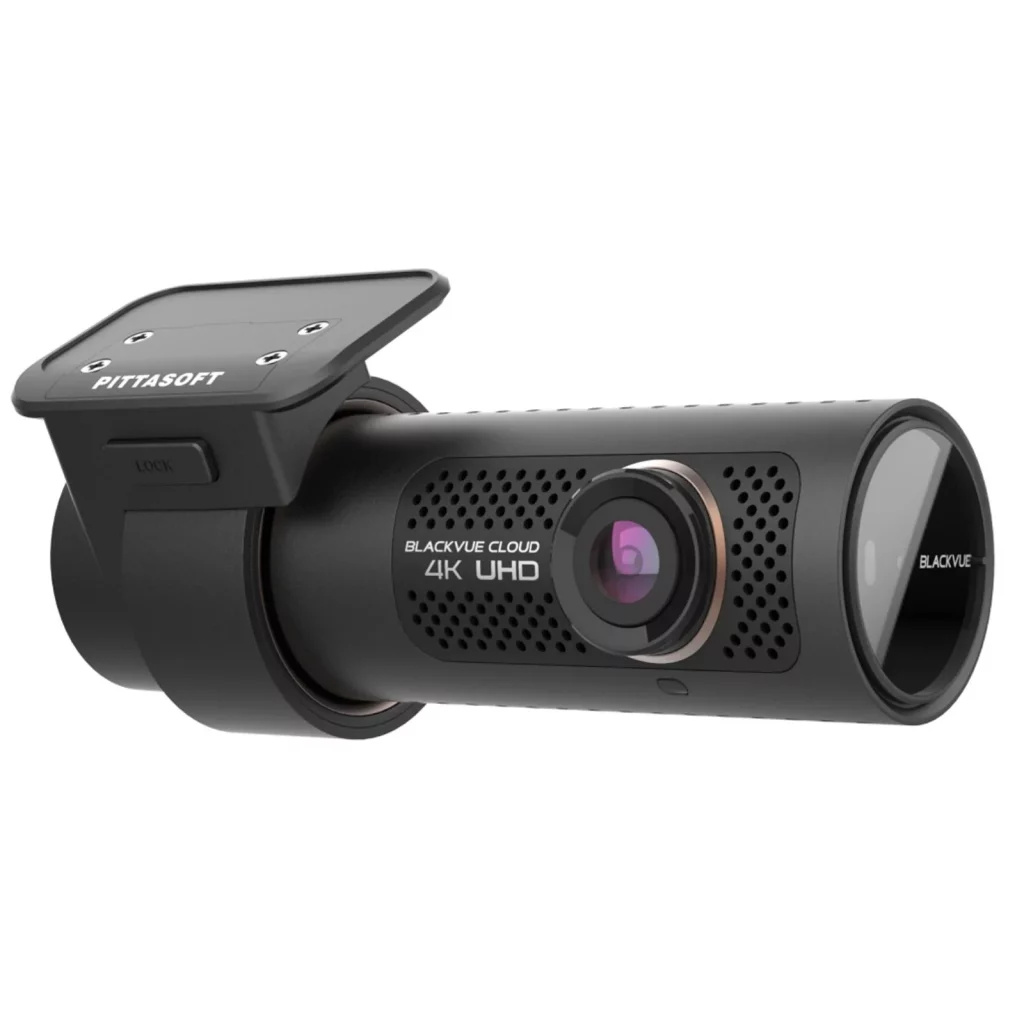
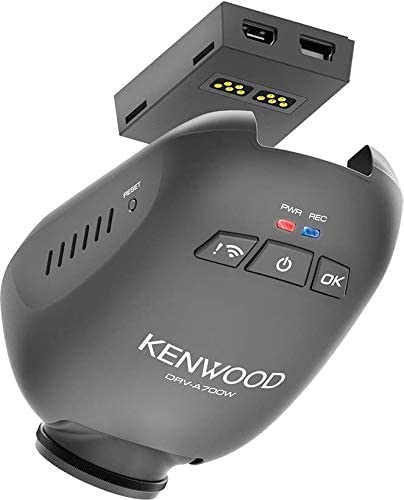
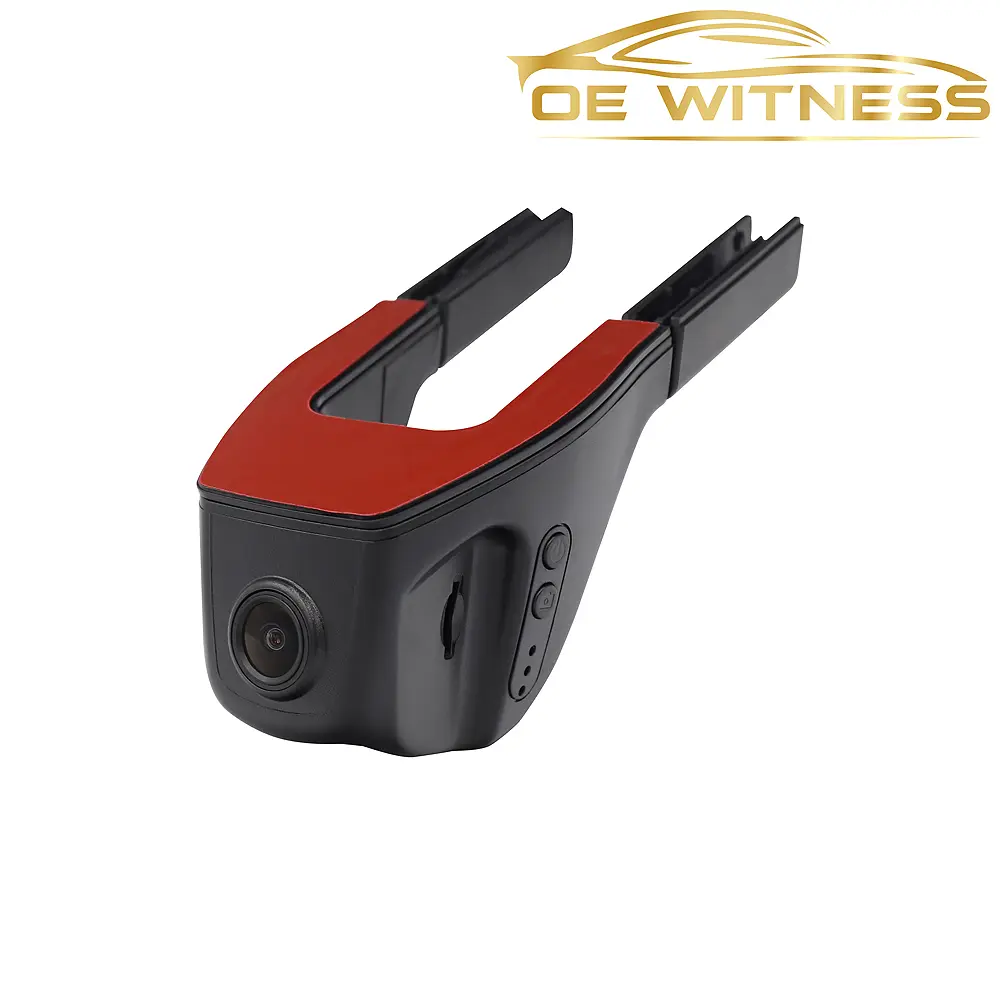
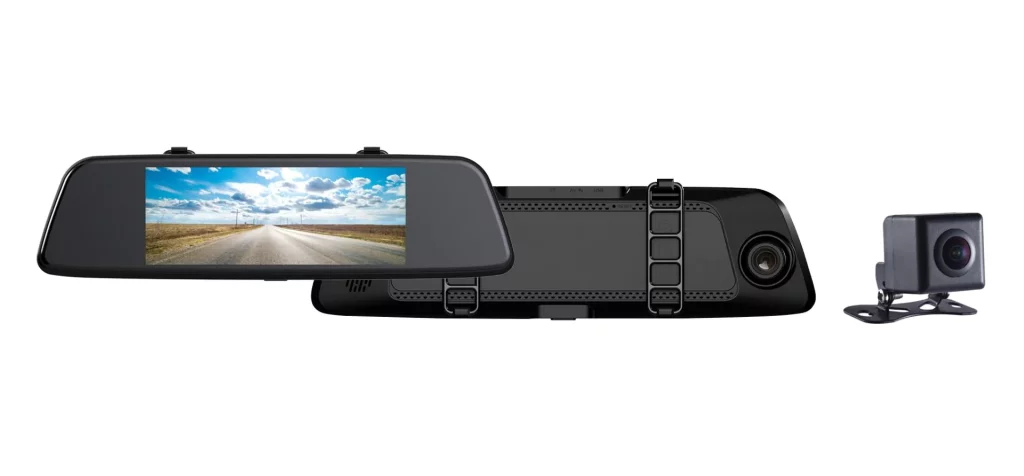
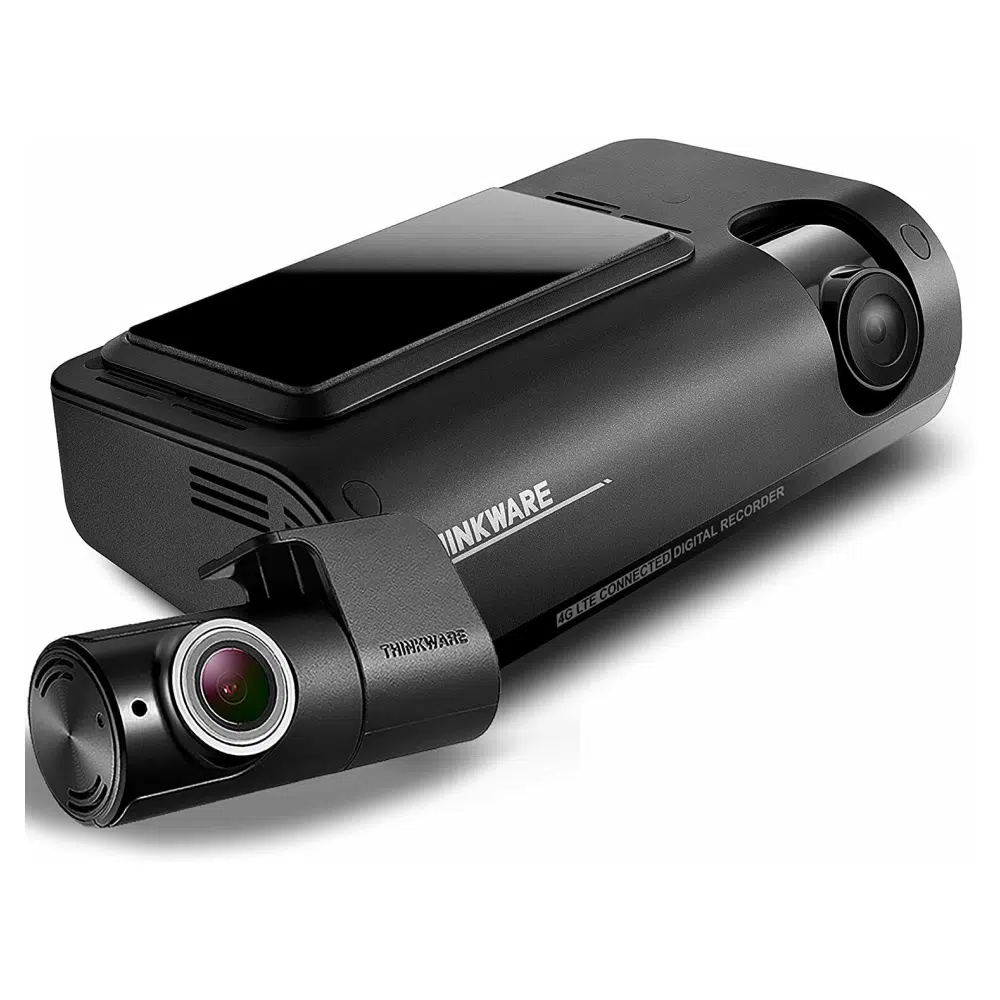
Alpine DVR-C320S + RVC-C320
This unit mounts onto your screen and is best applied with the optional RVC-C320 rear cam. The buyer of this will be an Alpine owner/buyer of a compatible Alpine head unit. This means your head unit’s touchscreen can be used to access the dash cam live view and recordings. It also means that you get driver assistance features. Lane departure warning, rear proximity, forward collision etc. It can even access red light and speed camera data and warn you, making this a MUCH more powerful tool.
It comes with a cigar-lighter pug wire but also a ‘hard’ wire for installation to your battery. With low light ability for night driving, the unit records in HD and records GPS information. There is a large ten second buffer memory. It has WiFi to talk to the head units. If you press the format button inadvertently, all your data will be lost as it reformats the card. Good to see Alpine in a guide to dash cams. Surprised?
- Recording Resolution: Full HD, 1920 x 1080P @ 29fps
- Viewing Angle: Horizontal, 112º, Vertical 59º
- Camera Sensor: 2 Megapixel, ON Semiconductor CMOS
- Storage: microSD, 32Mb included

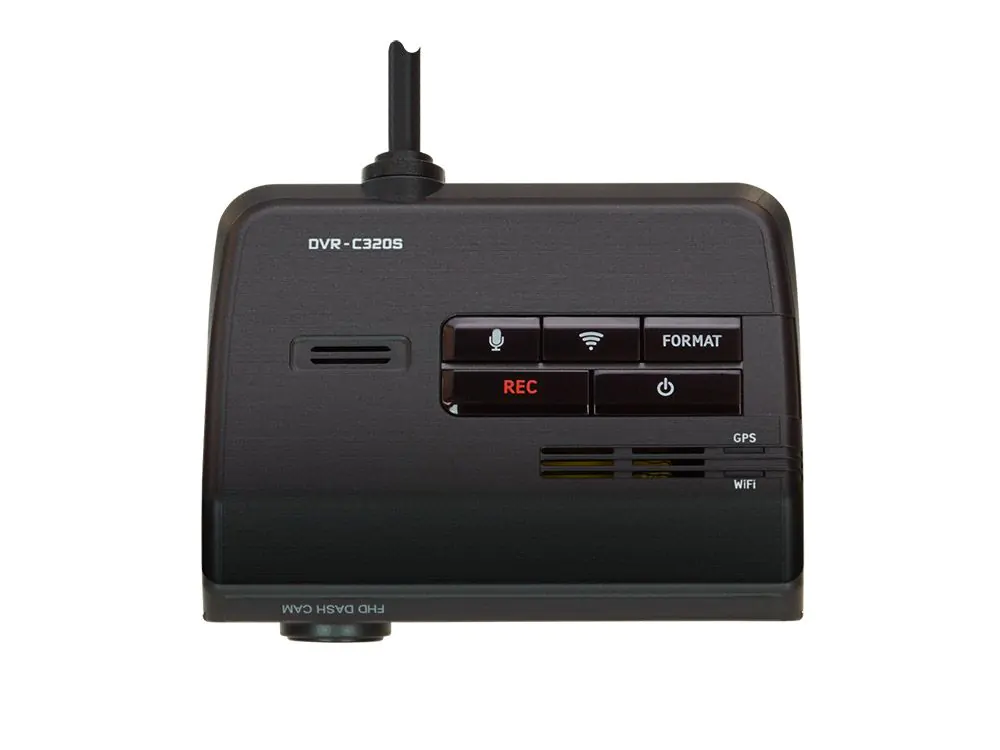
Kenwood DRV-A700W + KCA-R100
On a mag-mount for quick release, the DRV-A700W is best married to its rear-channel little brother. There’s PC /Mac software for it as well as an app for both smart phone types. A suction-cup mount is included and it has a polarising lens filter, like sunglasses. Useful in that low sun just above the horizon in the spring and autumn. Described as wide quad HD, the camera captures in 1440p and the unit has its own WiFi to talk to your phone with and stream video. There’s a slightly larger viewing angle than the Alpine and also has its own GPS sensor built-in to tell it where it is.
High quality, it can run parking surveillance mode and can be manually triggered. The ‘reset’ button on the side is about the connection status rather than formatting the SD. It records in one minute, two minute or five minute files, depending upon your settings. One minute is the default setting.
- Recording Resolution: Quad HD, 2560 x 1440px @ 30fps
- Viewing Angle: Horizontal, 114º, Vertical 82º
- Camera Sensor: 1/2.8 CMOS
- Storage: microSD, 16GB card included
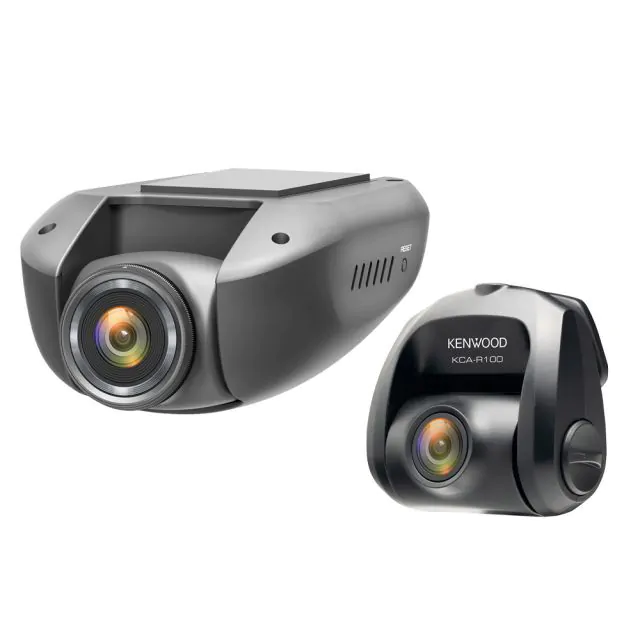

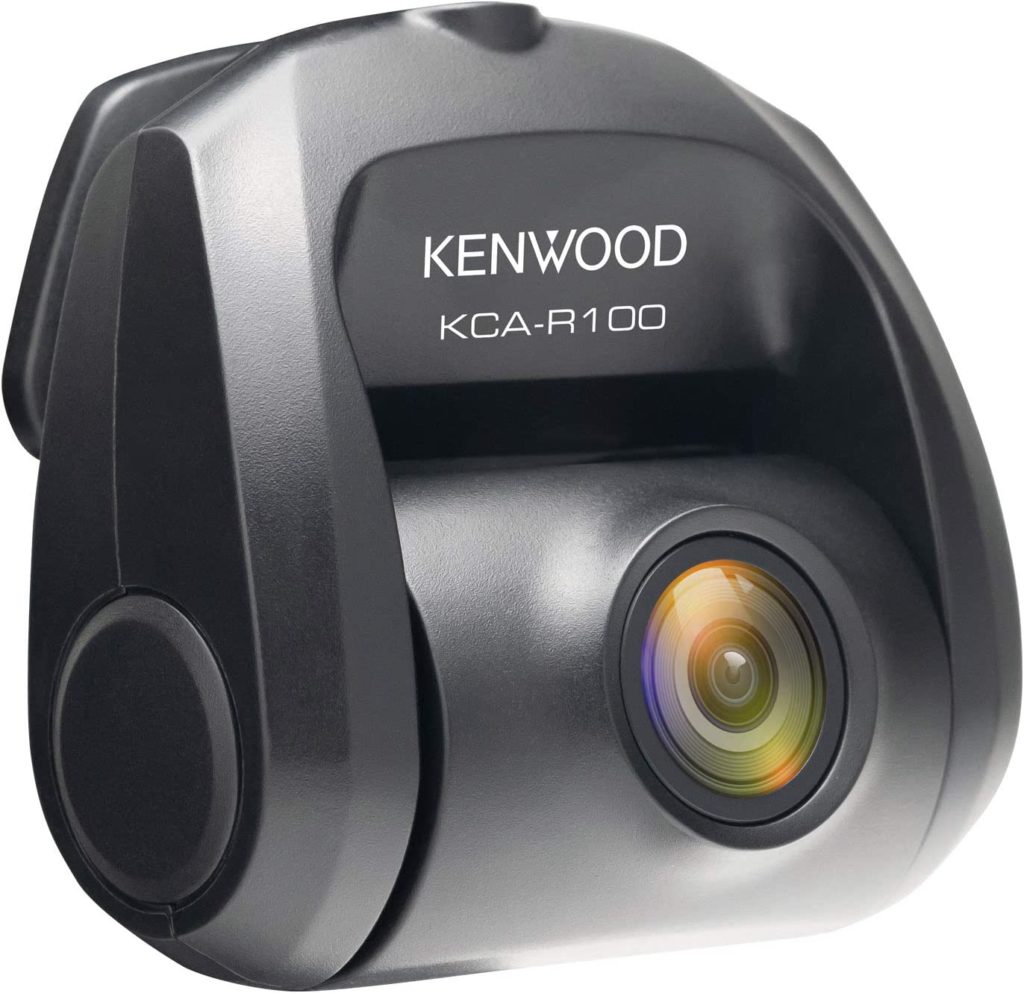
BlackVue DR900X-2CH
This is the manufacturer of choice of you have a valuable car to park for a while. They go further into the technology and are unique in their backup battery stuff. You can buy extra hide away batteries to increase the parked recording time. They can be daisy chained, so you can protect a Ferrari for a fortnight, if you need. They act like a fancy stereo extra battery and charge up from the alternator when driving. They are separate to the car’s electrics once parked.
BlackVue has had 4K cameras for some time and this system has one as front cam. The rear cam is a regular full HD one. A big viewing angle, the front camera’s 4K files use broadcast standard HEVC video compression to keep your SD card space from running out too fast. The BlackVue cloud apps allow you to connect to your car. You can see the live view or even download clips. The fanciest tech in your guide to dash cams.
- Recording Resolution: Fr. 8Mp 4K UHD, 3840×2160 @ 30fps; Rr. Full HD,1920×1080 @ 30fps
- Viewing Angle: Front Horizontal, 136º, Vertical 77º; Rear Horizontal, 116º, Vertical 61º
- Camera Sensors: Front, 8MP CMOS; Rear, SONY 2.1Mp STARVIS™
- Storage: microSD, 32Gb card included

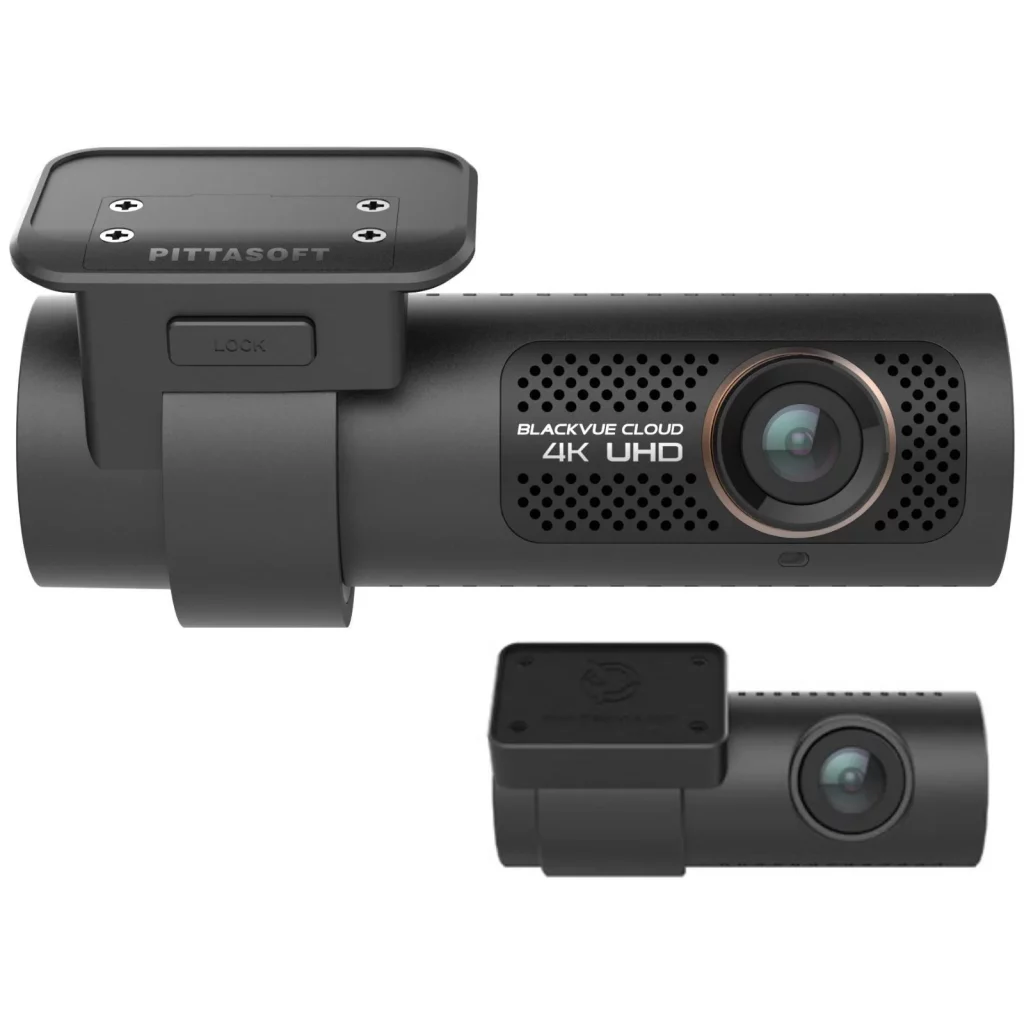
Pioneer VREC-150MD
A slightly strange beast, this is very Pioneer in its approach. Unafraid to piggy-back, there was once a ‘head up display’ system of theirs involving a mass of plastic clamps to fix it to a sun visor. The unit is long and flat and straps around your rear view mirror. The front-facing part has a camera and the rear camera, somewhat amazingly, is made to be fitted outside the vehicle. The back of the unit is a touch screen and shows a live image of what the rear camera is looking at, since your mirror is now covered.
A less expensive unit, the microSD is limited to 64Gb and they do not include a card. This is a saving, in fact. The power comes from a cigar lighter wired cable and Pioneer say the rear camera acts as a reversing cam too, which makes sense. Triggered from a G sensor like all here, you also get a USB cable in the package for connection to your computer.
- Recording Resolution: Front, 8Mp 4K UHD, 3840×2160 @ 30fps; Rear, Full HD,1920×1080 @ 30fps
- Viewing Angle: Front Horizontal, 136º, Vertical 77º; Rear Horizontal, 116º, Vertical 61º
- Camera Sensors: Front, 8MP CMOS; Rear, SONY 2.1Mp STARVIS™
- Storage: microSD, 8-64Mb capacity, no card included.

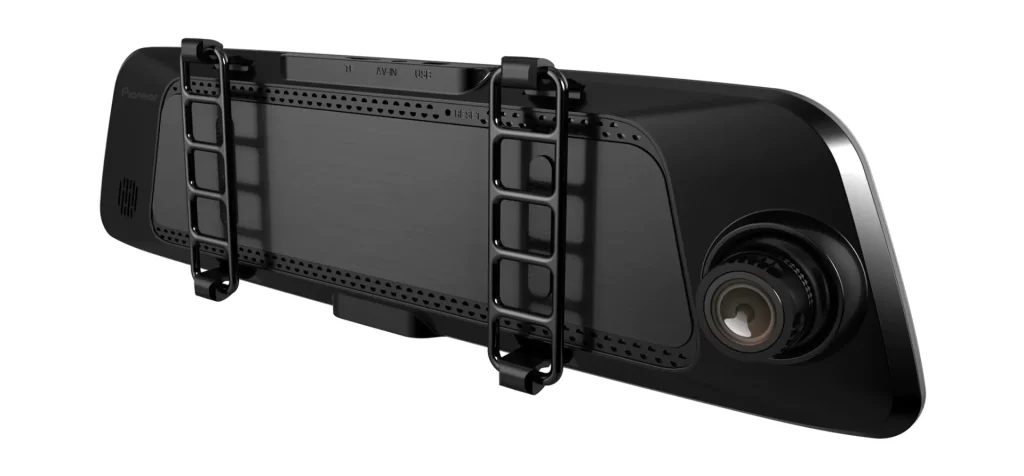
Thinkware T700
For an extra £3 a month for the pure 5GB data sim, this unit has cloud data handling capabilities. It works via a GSM connection of its own, as if it was a mobile phone. The internal GPS allows it to give safety camera alerts, and some driver assistance features, just like Alpine. The Thinkware Connected LTE app allows you to download footage and can control the settings of your camera. Its the most sophisticated set of app tech we’ve seen.
The only system that can be set up to do time lapse recordings, it goes down to two frames per second to lengthen the parking mode time it can record. There are digital noise reduction features to make night time images less prone to flare. They call it Super Night Vision 3. Unlike most, it has no buffer memory, rather stating that it will wake up within a second of any impact.
- Recording Resolution: Front and Rear, 2K QHD, 2560 x 1440
- Viewing Angle: Front and Rear, Horizontal, 156º, Vertical not quoted
- Camera Sensors: Front and Rear, SONY 5.14MP STARVIS™
- Storage: microSD, card included, not stated what size
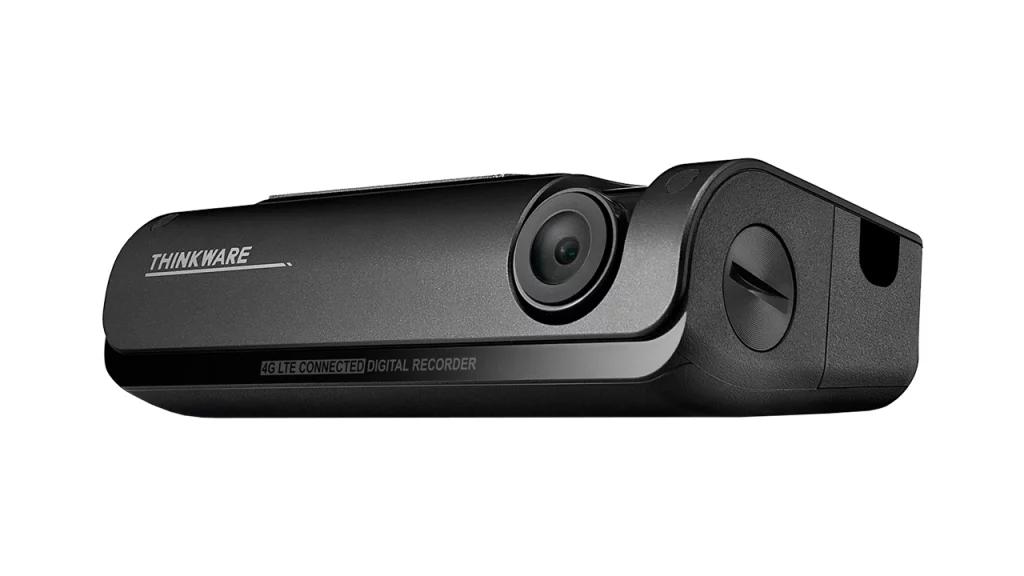
OE Witness
With WiFi app control, (called Viidure) these have sophistication yet these units are all vehicle-model-specific. The technology is high level (4K) but the real story is the avoidance of the system looking like it’s aftermarket. Unlike the Kenwood unit that can be removed out of harms way, this unit is safe. The housing is made to look totally like original equipment. You press the button on the website to pick the marque of car from a choice of thirty-two. Then you select the model and year of car to fit it to. The rear cam is an option but fitting is only £130 for both instead of £80 just for the front. There will be nothing to show it is an aftermarket product at all. The housings are perfect, the discretion utter. The least obvious one in this guide to dash cams.
Super Night Vision and compatible with Android and iOs, they offer a two year warranty.
- Recording Resolution: Front, 4K UHD 3840×2160p @ 30fps, Rear 1080p 2MP
- Viewing Angle: Front Horizontal, 170º, Rear and vertical not quoted
- Camera Sensors: Front and Rear, SONY CMOS
- Storage: microSD, 64Gb card included


